Hoa Muc village has now become a town in Trung Hoa ward, Cau Giay district, but was originally Ke Day village - a village in the old Moc area, whose Chinese name was Nhan Muc.
The village was formed during the Hung King period.
According to folk legends, the village was formed during the Hung King period. According to Dai Viet Su Ky Toan Thu, it was from 2879 BC to 258 BC. Researching the place names of ancient Vietnamese villages, the names of many ancient villages have the word "Ke". Around the ancient Thang Long citadel, there were Ke Noi (Co Nhue), Ke Moc (Nhan Muc), Ke Cot (Yen Quyet), Ke May (Me Tri), then Ke Buoi, Ke Mo, Ke Gian, Ke Cao... Thus, in the system of place names of ancient Vietnamese villages, the villages with the word "Ke" were the earliest to appear. They can be considered as the settlement areas, the first basic units during the Hung King period of nation building.
With 20 centuries of existence, Hoa Muc has not only witnessed many ups and downs in the history of building and defending the country, but is also a testament to the heroic battles against foreign invaders of the nation.
In 40 AD, the village was the site of battles between the Trung Sisters' army and Ma Vien's army (Han Dynasty). Two female generals of the Trung Sisters sacrificed their lives here, and the villagers built a temple to worship them, called Hai Co Temple. Currently, in the temple, there is still a stele with the year Chinh Hoa (1680 - 1705) recording the restoration of the temple. By the 5th century, the village was called Trang Nhan Muc, belonging to Dich Vong commune.
In the 8th century, this place witnessed the indomitable sacrifice of the niece of King Phung Hung, Queen Pham Thi Uyen, to fight against foreign invaders. Following the example of her sister, her two younger brothers, Pham Mien and Pham Huy, joined the army of their uncle Phung Hung to fight the enemy. When the country was at peace, King Phung Hung returned to the old battlefield and realized that this was a good land. He ordered the construction of a palace and a temple for his grandchildren and instructed the villagers on how to make a living. The village communal house is now the place where the villagers of Hoa Muc have for generations honored King Phung Hung as the village's tutelary god to commemorate his great merit.
During the Le Dynasty (15th century), this was a solid battlefield to open up important directions to defeat the Ming invaders. At the end of the 19th century, King Quang Trung, when advancing from Dang Trong, also chose the village's land for military purposes.
Not only is Hoa Muc an ancient land of thousands of years, but this place also produced many famous people throughout the country. For a long time, the folk song has been passed down: "A lot of rice in Ke Gian, a lot of mandarins in Ke Moc". Ke Gian is Trung Kinh Ha village, a purely agricultural village, good at intensive farming so it has a very high rice yield. And talking about Ke Moc mandarins means talking about many people in Ke Moc who passed the exams and became mandarins.
 |
The communal house worships three tutelary gods who are three biological sisters. (Photo in article: Thuy Duong) |
In addition, those who love literature and painting must also know the famous artist Dang Tran Con, author of Chinh Phu Ngam (17th century), the late 19th century painter and poet Le Thuc Hoach with the famous work Nong su toan do (19th century), especially the writer Nguyen Tuan - a giant of 20th century Vietnamese literature... These people were born and raised in Nhan Muc village.
The village has become a precious historical archive preserved in the minds of the villagers as well as the people of Hanoi today... Historian Bui Thiet (an expert on Vietnamese place names) once commented: "It is not an exaggeration to say that it is difficult to find a village like Hoa Muc in Hanoi because it has the most complete system of ancient cultural institutions. Hoa Muc also has the nom name Ke Day, which proves its great value in terms of cultural history, because any village with a nom name starting with "Ke" represents the culture and identity of the village in 1,000 years of Thang Long".
According to the elders in the village, from the time of Dai Viet's independence to the dynasties that followed, Hoa Muc village was always granted royal decrees and fields and gardens due to its many contributions to the country. Currently, Hoa Muc village's communal house still preserves 17 royal decrees, many unique stone steles and horizontal lacquered boards in ancient Chinese characters. There are seven relics of various types such as communal houses, temples, pagodas, shrines, ancient wells, and village gates; including relics that have been ranked nationally by the State such as the outer communal house, the inner communal house (which is the royal palace worshiping the three Pham sisters) and the Duc Anh temple. Hoa Muc village also preserves the ancestral temples of major families such as Lai, Nguyen, Phung... and ancient houses around 200 years old.
Mr. Nguyen Van Vinh (72 years old), a descendant of a large and long-standing family here, said: “Hoa Muc village contains unique cultural values and community cohesion. In addition to the communal house and temples, Hoa Muc village also has Linh Thong pagoda, commonly known as Thong pagoda. At the end of 1946, before the National Resistance War broke out, the pagoda was the workplace of several ministries in the Government. I am very proud to be a son of this thousand-year-old ancient village.”
Unique festival worshiping three Thanh Hoang, three sisters
Inner Communal House, Outer Communal House, and Duc Anh Temple of Hoa Muc village are a cluster of relics worshiping three Thanh Hoang, three sisters: Pham Uyen, Pham Mien, and Pham Huy, who helped Phung Hung defeat the enemy Cao Chinh Binh and liberate Tong Binh (present-day Hanoi).
Nowadays, to commemorate the three tutelary deities worshiped at the temple, every February 12 (lunar calendar), Hoa Muc villagers hold a solemn festival for one day. People from neighboring localities also come to attend the festival in large numbers.
Mr. Hoang Quoc Tuan (73 years old) - from Hoa Muc communal house said that the traditional festival of Duc Anh communal house - temple takes place on February 11-12 every year. Every 5 years, the village organizes a large-scale procession of the Saint's palanquin. To organize this festival, the village elders have to meet for more than 6 months and mobilize all human and financial resources of Hoa Muc villagers. On the festival day, the elders of the ceremonial team wear traditional costumes to perform the bao sai ceremony, moc duc statue, worship objects and sacrifices to open the communal house. The male ceremonial team will perform the naturalization ceremony while the female ceremonial team will perform the incense offering ceremony to the Saint. The palanquin procession will be held early in the morning. The lion dance team will lead the procession, followed by the octet troupe, then the flag-bearing team, followed by the octet objects, the palanquin-carrying team, then the male and female ceremonial teams, the ceremonial team and finally the villagers.
 |
The procession of the Saint's palanquin is imbued with ancient culture in the ancient village of the capital. |
This year’s festival has more than 200 young men and women from the village participating in the procession of the Saint’s palanquin. The procession starts from the communal house to the temple, then returns to the communal house yard. Villagers and visitors can admire the “flying palanquin” performance throughout the village streets and alleys. Thousands of people and visitors come to the festival and run after the “flying palanquin”, creating a lively atmosphere in the first days of spring. The palanquin bearers will change roles during the procession. The male worship team will perform the closing ceremony and then distribute the Saint’s fortune.
During the festival, many games are organized, cultural activities such as: Senh Tien dance, lion dance, Quan Ho singing, Van singing, Cheo singing, Chinese chess competition, blindfolded pig catching, blindfolded cotton pounding, duck rowing, shuttlecock kicking into cups...
The traditional festival of Duc Anh communal house and temple in Hoa Muc village always attracts visitors from all over with its unique cultural beauty and ancient space of the thousand-year-old village in the heart of the capital.
Source: https://baophapluat.vn/chuyen-it-biet-ve-ngoi-lang-co-nien-dai-hang-nghin-nam-dat-kinh-ky-post542400.html




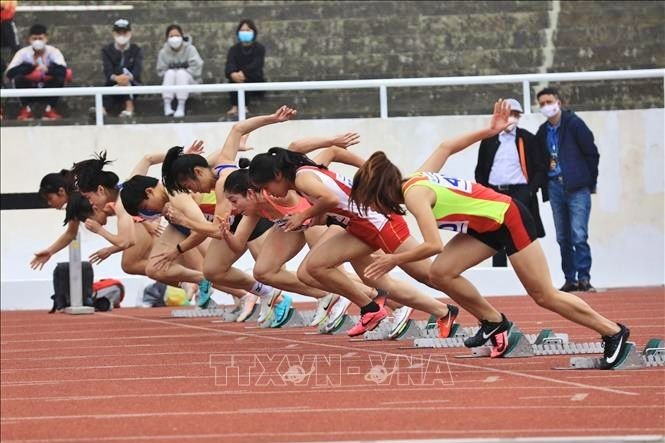
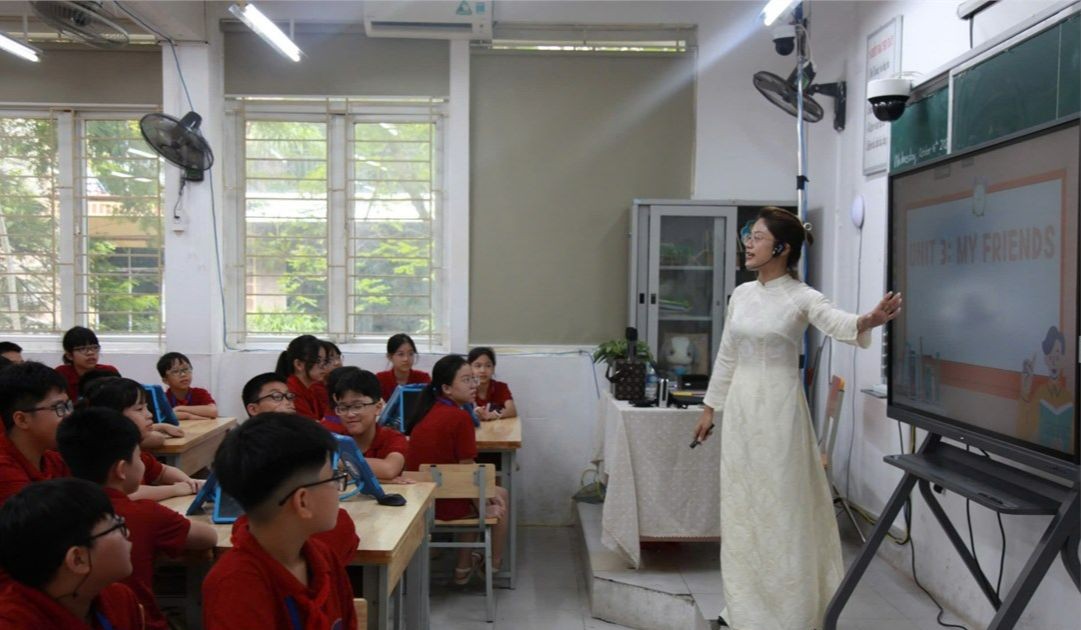
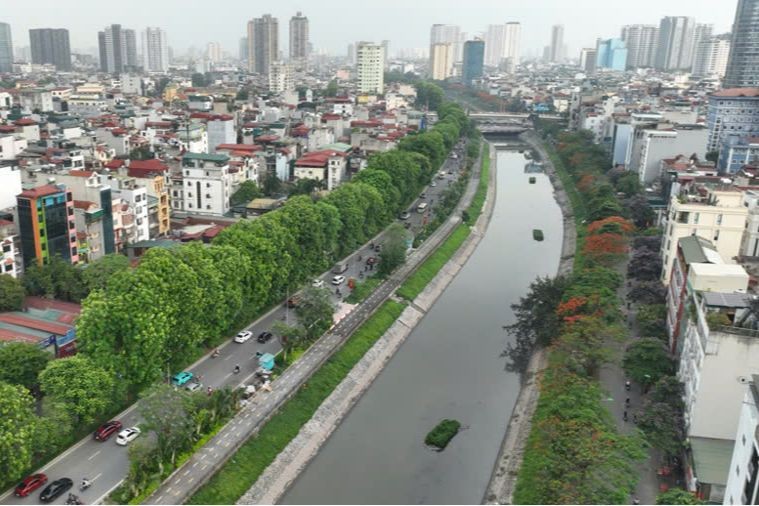



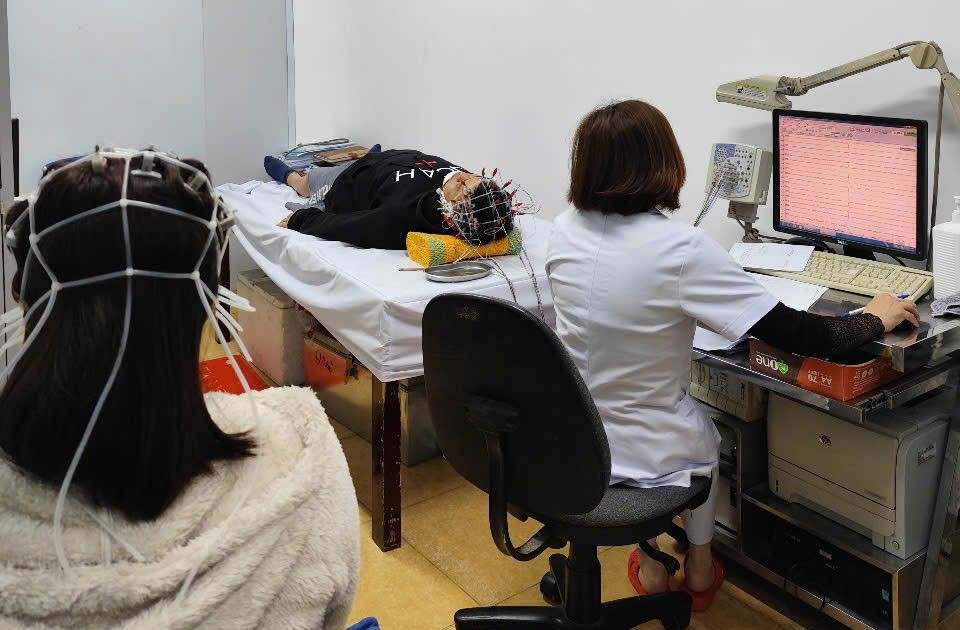
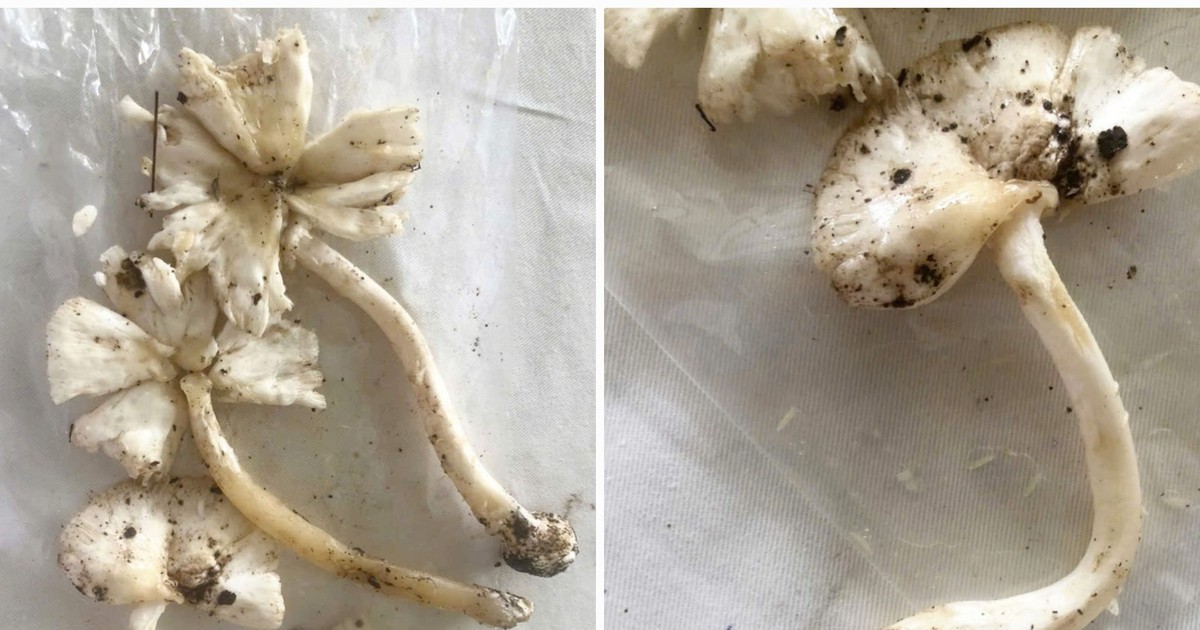













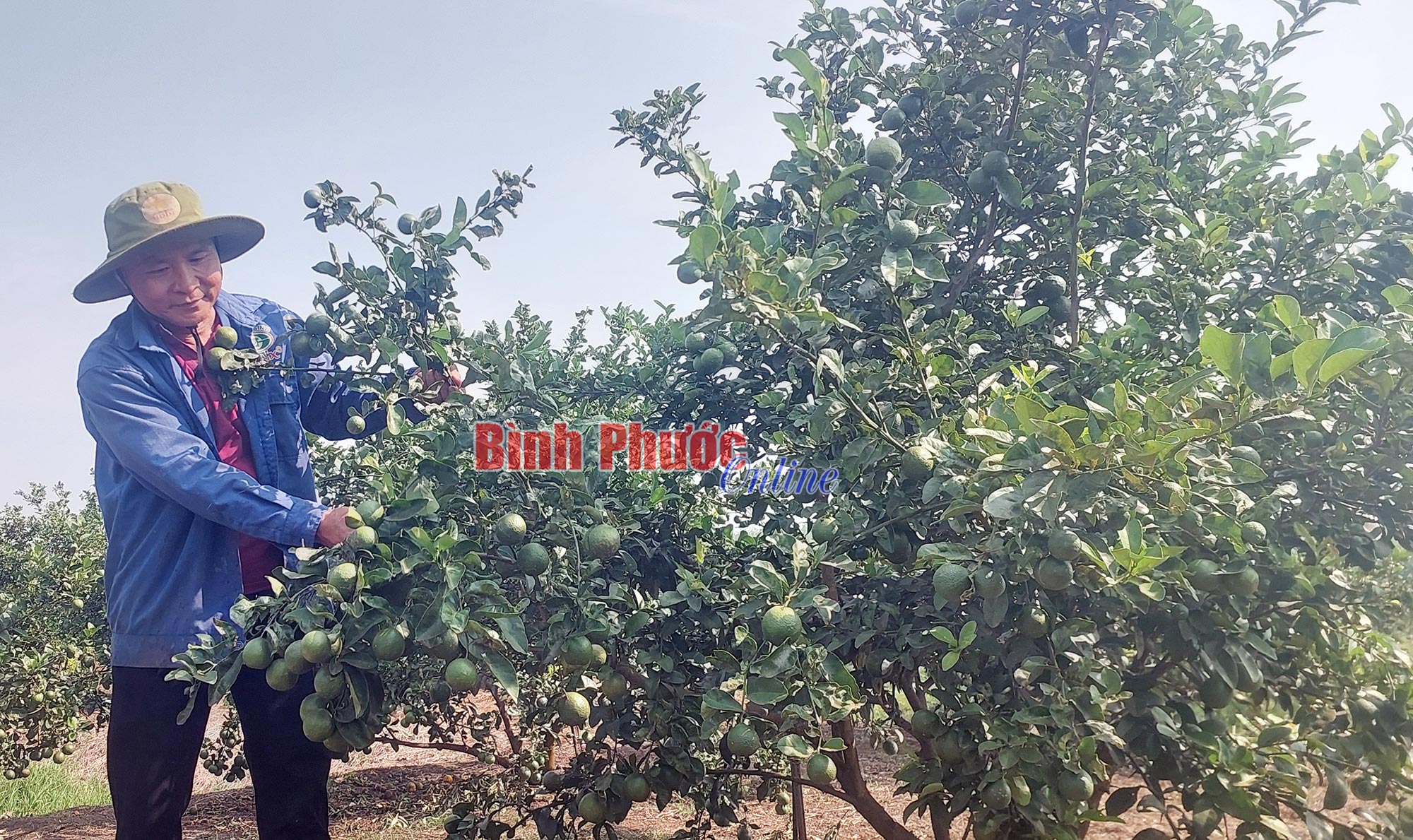

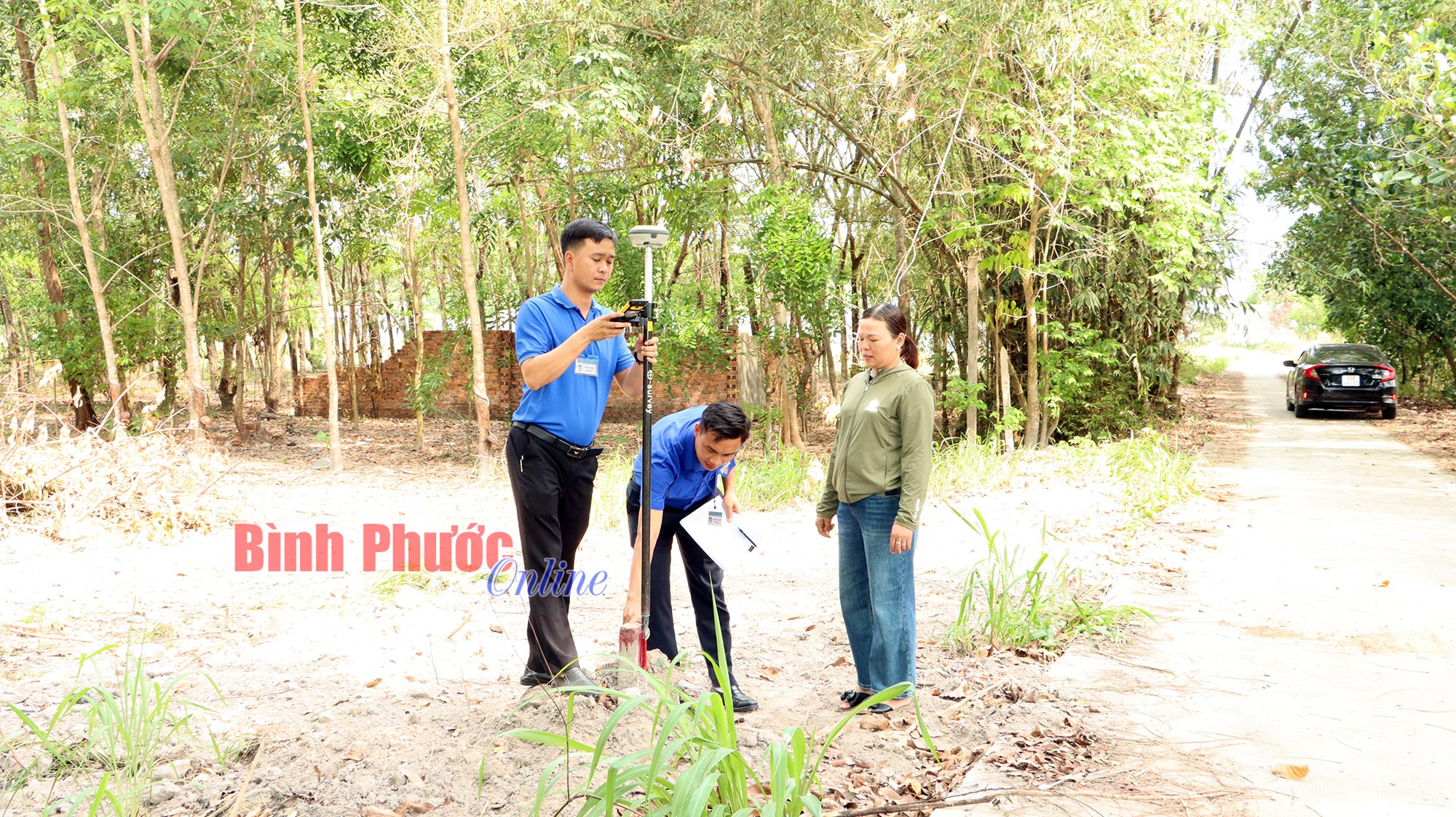
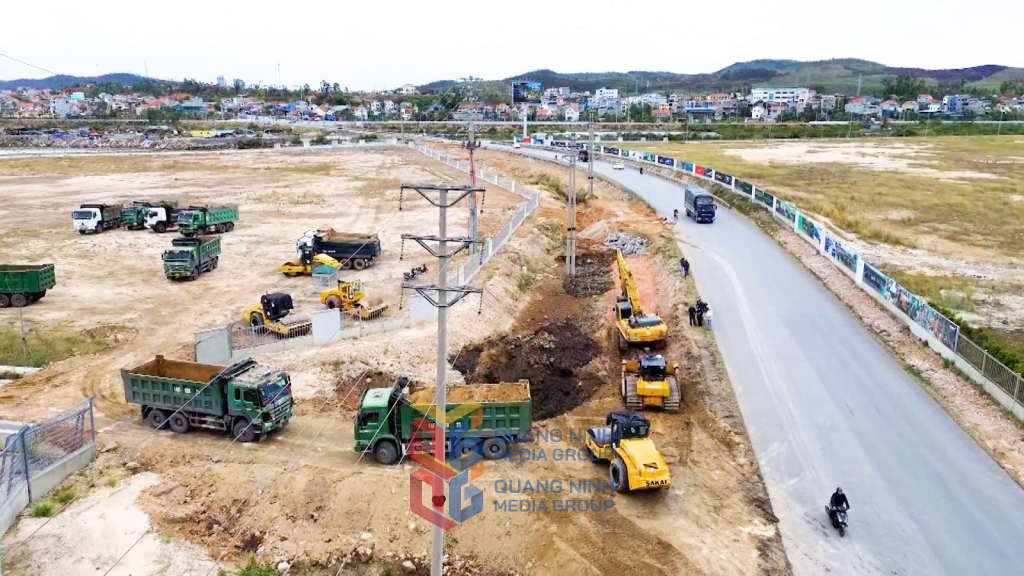

Comment (0)